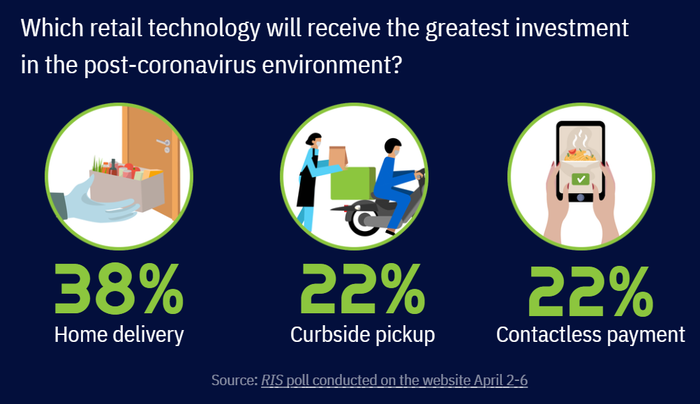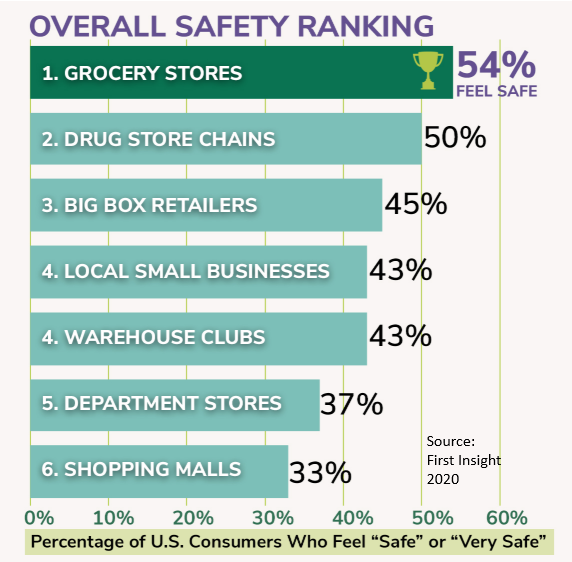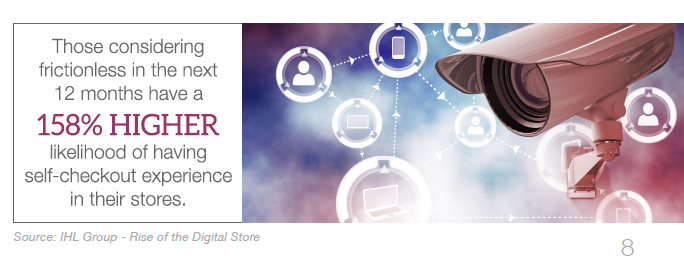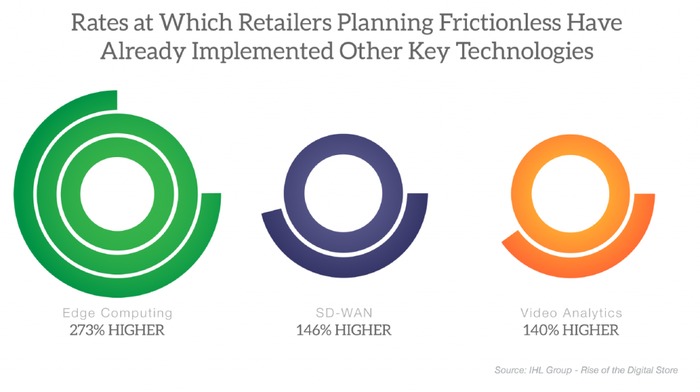Retail Isn't Dying — It's Evolving, Elevating the Role for PartnersRetail Isn't Dying — It's Evolving, Elevating the Role for Partners
From contactless payment to QR codes, resellers can implement tech to help retailers.
August 24, 2020

By Tony D'Onofrio and Kyle DeWitt

Kyle DeWitt

Tony D’Onofrio
Research indicates that forming an automatic habit takes 66 days or roughly two months. That’s the minimum time that most countries were in various lockdown phases because of COVID-19.
As a result, consumers and retailers are coming out of the pandemic with new attitudes, behaviors and expectations, and what was once feared to be the end of brick-and-mortar retail is merely an evolution – a new form of retail that straddles the lines between pre-pandemic and the months we spent quarantined.
However, the speed at which retailers had to adopt these changes to safeguard their customers’ shopping experience introduced a tremendous amount of risk, making the role of resellers more important than ever before. —
Spike in Buy Online, Pick Up Curbside
Quarantined at home and discouraged from venturing out, consumers at the start of the pandemic turned to online shopping for most of their needs. Often they faced significant delays in shipping, an unrecognizable situation for many.
Yet with 74% of consumers still not comfortable going back to “normal” out-of-home activities, retailers had to get creative if they wanted to keep up. The solution for many was forgoing in-store shopping and instead offering consumers the ability to buy online and pick up curbside.
This change was relatively simple for retailers with a significant digital presence prior to the pandemic. Resellers could help build upon that digital presence to implement solutions such as upgraded wireless infrastructure, greater network connectivity, handheld devices and even headsets to ensure employees were able to communicate with their colleagues and meet the customer upon arrival.
Rise of Contactless Payments
 Prior to the pandemic, contactless payments – while widespread in Europe – were still in their nascent stages in the United States. Yet as consumers began purchasing curbside and were actively seeking out more sanitary alternatives to the traditional shopping experience, adoption of contactless payments spiked, requiring the expertise of resellers to navigate the transition.
Prior to the pandemic, contactless payments – while widespread in Europe – were still in their nascent stages in the United States. Yet as consumers began purchasing curbside and were actively seeking out more sanitary alternatives to the traditional shopping experience, adoption of contactless payments spiked, requiring the expertise of resellers to navigate the transition.
What most retailers may not know is that going wireless for payments has PCI compliance implications. Once a payment terminal is unmounted from the POS system and handed out a drive-through window, for example, that retailer is at risk. Moreover, without a secure wireless infrastructure, retailers are putting themselves – and their customers – at risk for cyber attacks.
Greater Focus on Sanitation

Source: First Insight
In the first month of quarantine, more than 90% of people said they were washing their hands more thoroughly and frequently than before. It’s now a habit for many of us, and we’re more cognizant of the surfaces we touch and the measures around us meant to keep us safe. Retailers able to offer customers peace of mind are most likely to see repeat business.
The sudden boom in demand for proper sanitation introduced a long-term opportunity for resellers to provide services to their customers to ensure heavily touched devices are sterilized, and consumables such as cleaning supplies are constantly stocked. More than ever, retailers need …
… trusted advisers to help them install solutions such as keypad covers, germ guards or plexiglass shields, and UV-C sanitation devices to properly disinfect scanners, tablets and keypads. Not only do these solutions help keep employees and customers safe, but they protect new hardware investments.

Increased Prevalence of Self-Checkout
As retailers reopen and consumers become more comfortable entering stores, retailers require ways to limit the touchpoints between customers and employees.
Innovative uses of technologies like artificial intelligence and machine learning can be coupled with self-checkout terminals to provide a check-out experience most similar to traditional methods. Larger retailers, typically with greater capital, will rely on resellers to install smart cameras to monitor suspicious movements and flag potential shoplifting. Meanwhile, you can use computer vision to create an experience that actually improves over time. Cameras can also be used in tandem with self-checkouts to count the number of people using each terminal and automatically close lanes when it’s time to be sanitized, reducing the likelihood that the virus spreads on high-contact surfaces.

Given the ongoing nature of the pandemic, it’s difficult to predict just what the future of retail holds. Fortunately, many of these implementations represent a long-term investment that will extend even beyond the pandemic.
Resellers that can execute technology strategies to keep retailers growing will be in high demand in the digitally transformed future of retail. Flexibility in being able to combine a variety of platforms into effective solutions is a strength of the reseller network, and resellers who can act as trusted advisers will help save businesses across the country. It’s a brave new world for retailers, but it’s certainly not the end.
Tony D’Onofrio is CEO of the consultancy firm TD Insights, where he is recognized as a global social media influencer in retail, security and emerging technologies. He is also listed as a top 100 Global Retail Influencer 2019 and publishes regularly on multiple global platforms, including www.tonydonofrio.com. Tony will be presenting at ScanSource’s Virtual Retail Conference in October. Follow him on LinkedIn or @TD_Insights on Twitter.
Kyle DeWitt serves as vice president of technical services at ScanSource, where he is responsible for the creation and execution of the company’s pre- and post-sale support offerings. He joined ScanSource in 2003, and has held several leadership positions within the Technical Services teams. Kyle’s responsibilities have included building support practices to meet the needs of ScanSource’s suppliers and customers, creating and maintaining systems used for quoting and investigating new technologies. Follow him on LinkedIn or @ScanSource on Twitter.
You May Also Like
